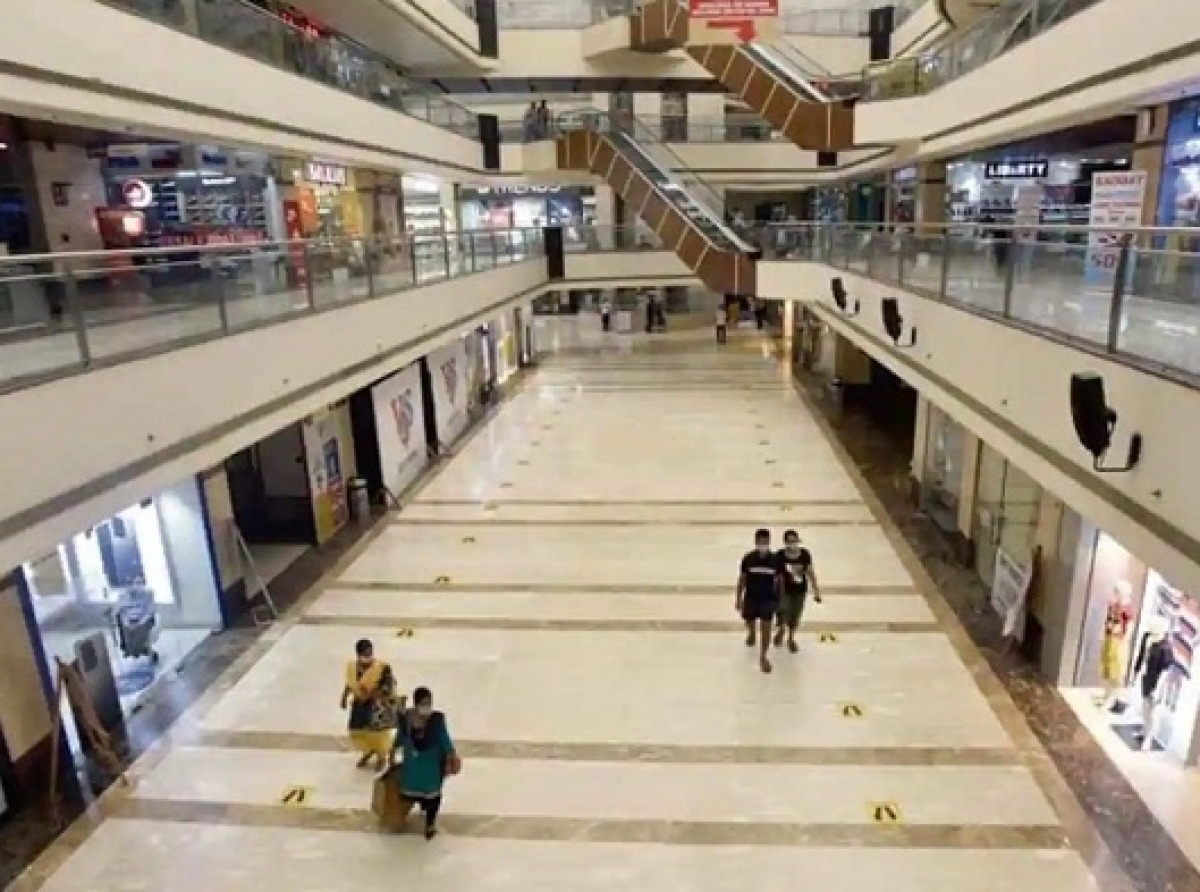9th Aug 2021, Mumbai:
The second wave of COVID-19 has caused losses worth crores of rupees to shopping malls across India. They were able to operate at full capacity for only four months since March 2020. Multiplexes located within malls too have either shut down or running at low capacity since the start of the pandemic.
Shopping malls in India attracted large amounts of foreign investments over the past decade. As per a Money Control report, between 2008 and 2020, both completed and under construction malls attracted investments worth $3.5 billion. Nearly 65 per cent of this was generated in the last three years.
Retail development in India started in the early 1990s. However, most development was restricted to the big cities like New Delhi and Mumbai. The actual revolution in mall culture began in 2000 with new real estate projects announced in Tier II cities like Aurangabad, Nashik, Nagpur, Coimbatore, etc The next decade saw a spurt in malls across these cities. However, 2008-09 the global financial crisis muffled this excitement over malls, forcing developers to sell their spaces and units to investors or retailers to generate liquidity.
Growth of smaller cities to boost malls
Performance of a few shopping malls in India has declined over the last years, creating liquidity challenges for developers. However, bigger players including DLF, Phoenix, Inorbit and Prestige have been able to establish a strong presence with Grade A mall projects.
India’s low mall density provides immense scope for growth over the next few years. The retail sector is likely to benefit from favorable long-term consumption trends and growth of Tier II and III markets over the medium to long term. Encouraged by continued growth in employment across sectors, mall developers are likely to initiate Grade A mall projects in Tier I, II and III cities. These malls will be operated on a revenue sharing basis with established brands.
Opportunities for enhanced social interaction
Over the next few years, shopping malls will evolve into locations providing wholesome shopping experiences. Apart from movies, fine dining, events, family entertainment centres, they will also provide opportunities for enhanced social interaction. New Age technologies such as artificial intelligence (AI) and augmented reality (AR) are likely to become an intrinsic part of business.
Greenfield mall development will continue as new investment platforms between leading developers and large PE partners facilitate investments. Premium shopping malls will continue to attract investments from financial institutes like Blackstone, GIC, etc.
Developers demand higher cap rates
For long, developers have been demanding higher cap rates for malls than offices as retail rentals are more volatile. Mall rentals can vary according their percentage of revenue share and short lease terms. Most Grade A malls have demonstrated higher growth rates compared to stable office assets. Over last five years, mall rents have grown at a CAGR of over 10 per cent compared to office rental growth rate of 5-7 percent. Hence, they need a more competitive cap rate compared to office assets
The growing prowess of middle class is a positive sign for mall developers in India. Though, COVID-19 has temporarily disrupted their development, the mall culture in India is likely to bounce back stronger post pandemic.

Latest Publications


































